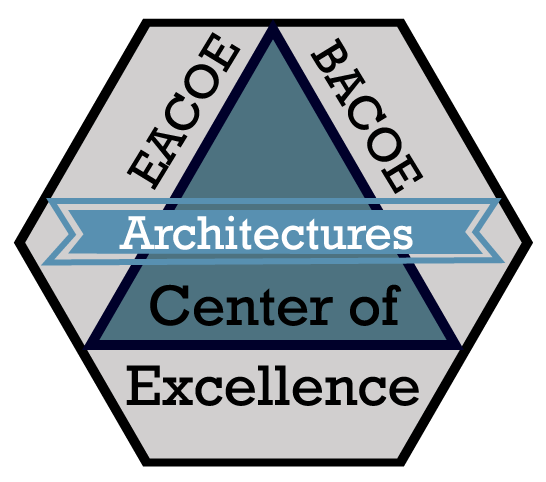Achieving Enterprise Agility
In the quest to achieve enterprise agility, most organizations address the issue by handcrafting smaller, faster computer programs. Different companies may call the process by different names, but they're all essentially doing the same thing: trying to speed up programming as the be-all, end-all solution to their enterprise agility conundrum. The problem with that resolution, however, is that it is one-dimensional. The change required to achieve enterprise agility needs to be approached from more than one angle, specifically from outside the typical Information Technology (IT) approach. It is unclear when Information Technology determined it could make the Enterprise “agile” by continuing to hand-craft solutions – whether the techniques used were small (agile), continuous (incremental development), off the shelf (COTS – commercial off the shelf) software modifications to “fit” the business needs, trying to figure out ahead of programming what is needed (use-cases or scenarios) or frankly, any other technique that relies on hand crafting solutions.
IT simply cannot keep up with the required business change requirements. Please read on – we know we may have stepped on some toes!
Categories
- Agility
- Architecture Models
- Architecture Views
- Artificial Intelligence
- Assemble to Order
- BTP
- Benefits
- Big Data
- Bill of Materials
- Book
- Business Architect
- Business Architecture
- Business Architecture Framework
- Business Architecture Participants
- Business Architecture Tools
- Business Capability
- Capabilities
- Capability Ability
- Certification
- Certification Levels
- Certification Mistakes
- Change Management
- Checklist
- Cloud
- Cloud Decommission
- Coding
- Communication
- Competition
- Complexity
- Confirmation Bias
- Consulting
- Cybersecurity
- Data
- Data Architecture
- Data Lake
- Data Modeling
- Data Sludge
- Data Swamp
- Differentiators
- Digital Transformation
- Distance Learning
- Enterprise Architect
- Enterprise Architecture
- Enterprise Architecture Framework
- Enterprise Architecture Participants
- Enterprise Architecture Tools
- Evaluation Checklist
- Evaluation Criteria
- Event Model
- Experiences needed


